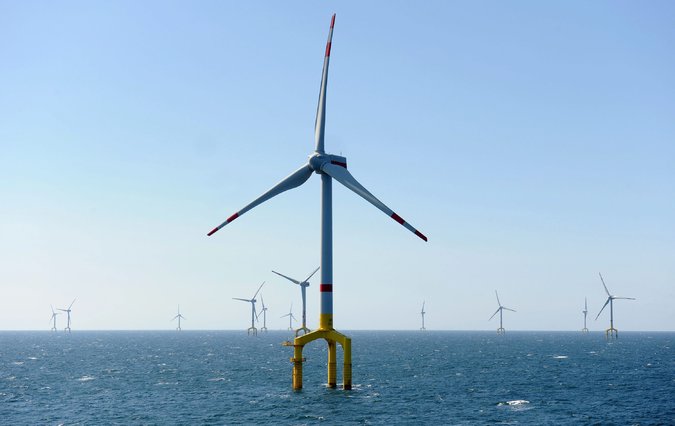
The European Union continues to lead by example on the issue of climate change. Last week, the union’s 28 members agreed to cut their greenhouse gas emissions by at least 40 percent, compared with 1990 levels, by 2030.
This is, of course, just a number. Goals are easy to set but harder to meet, and many details of how Europe gets from here to there remain undecided. But the plan is an important step forward as well as a clear signal to other big emitters of greenhouse gases to set ambitious goals of their own in the months leading up to the next United Nations summit meeting on climate change scheduled for December 2015 in Paris.
Europe has already made impressive progress. In 2012, European Union greenhouse gas emissions were 18 percent below 1990 levels, just shy of the 20 percent threshold that the union had set for 2020. Some of that reduction resulted from the deep recession many European countries suffered after the financial crisis. But the shutdown of many coal-fired plants and major investments in energy efficiency and renewable energy sources like wind and solar also played a big part.
The union will now have to redouble those efforts. Less-developed members of the European Union like Poland and the Czech Republic, which still rely heavily on coal to generate electricity and are not as energy efficient as the rest of Europe, will find it harder to reduce emissions than countries like Britain and Sweden. European leaders shrewdly, and rightly, offered financial incentives to the laggards to get them to sign on to the new agreement. However, they gave only a broad outline of how they intend to reduce emissions. Nor did they offer a plan to strengthen the union’s pioneering emissions trading program, which uses a system of permits to force power plants, steel mills and other industries to lower emissions of carbon dioxide, the main greenhouse gas. Although the program played a role in Europe’s success in reducing greenhouse gas emissions, it was not particularly well designed or stringent to begin with; in recent years, the price of permits has collapsed, reducing the incentive for industry to lower emissions.
Another problem is that the energy policies of the European Union countries are not well coordinated, hurting opportunities to curb emissions. For instance, the lack of transmission lines connecting European countries means that solar and wind farms in Spain or Portugal cannot sell the surplus electricity they generate beyond their borders. And because each national government supports its favored source of energy through subsidies and other policies — nuclear in France, for instance, and renewables in Germany — there is no single European electricity market. European leaders made only vague commitments last week to establishing a more coherent system.
A third problem is Germany’s insistence on phasing out its nuclear industry, which has increased its reliance on coal and Russian natural gas. Still, Europe is moving faster and more aggressively than any other large economy to limit global warming to no more than 2 degrees Celsius (3.6 degrees Fahrenheit) above the preindustrial level — a level formally acknowledged at the Copenhagen summit meeting in 2009 as the point beyond which the impacts of climate change could become unacceptable. The rest of the world needs to match Europe’s ambitions.